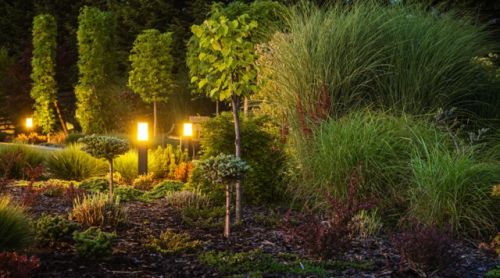Green Roofs: Sustainable and Functional Urban Solutions

Green roofs, planted with low or thick lightweight soil depending on preference, not only reduce visual pollution but also mitigate the heat caused by urban development in city centers. These eco-friendly roofs actively help clean the air by reducing dust and pollution. Green roofs are available in two main types, each offering unique benefits based on soil depth and vegetation density.
Extensive green roofs are the most common application, featuring a shallow soil layer and low-maintenance vegetation. Typically consisting of a 50 mm to 200 mm soil depth, they are designed to support drought-tolerant and resilient plants. This type of green roof is lightweight, cost-effective, and ideal for structures that require minimal maintenance.
Intensive green roofs feature a thicker soil layer ranging from 200 mm to 1500 mm, allowing for a wider range of planting options. These roofs can accommodate diverse landscapes, including trees, lawns, flowers, and even walking paths or driveways. With their deeper soil and rich vegetation, intensive green roofs resemble traditional gardens, creating vibrant and functional spaces in urban areas.
Green roofs are an innovative solution for sustainable urban development, offering both environmental and aesthetic benefits. Whether extensive or intensive, these roofs transform unused spaces into eco-friendly and visually appealing environments.



